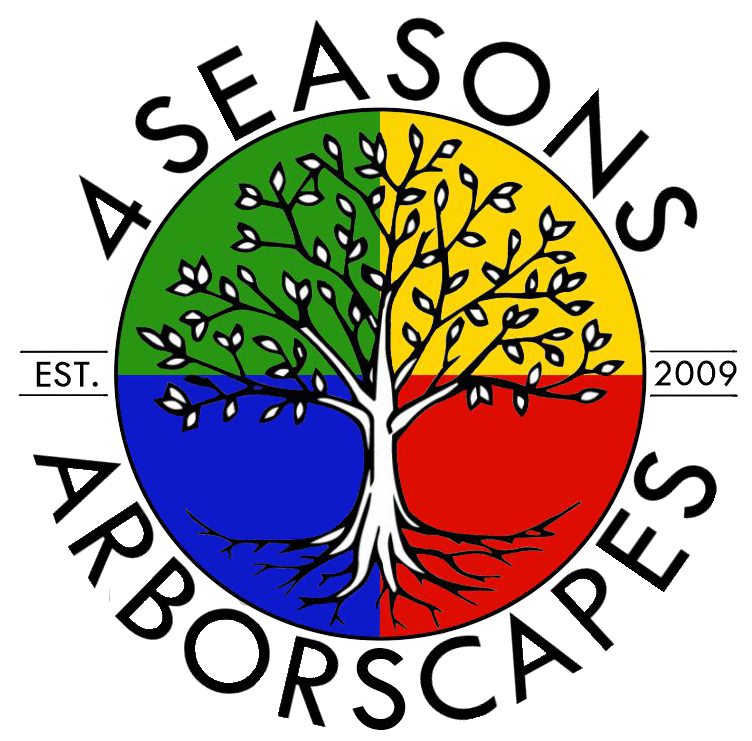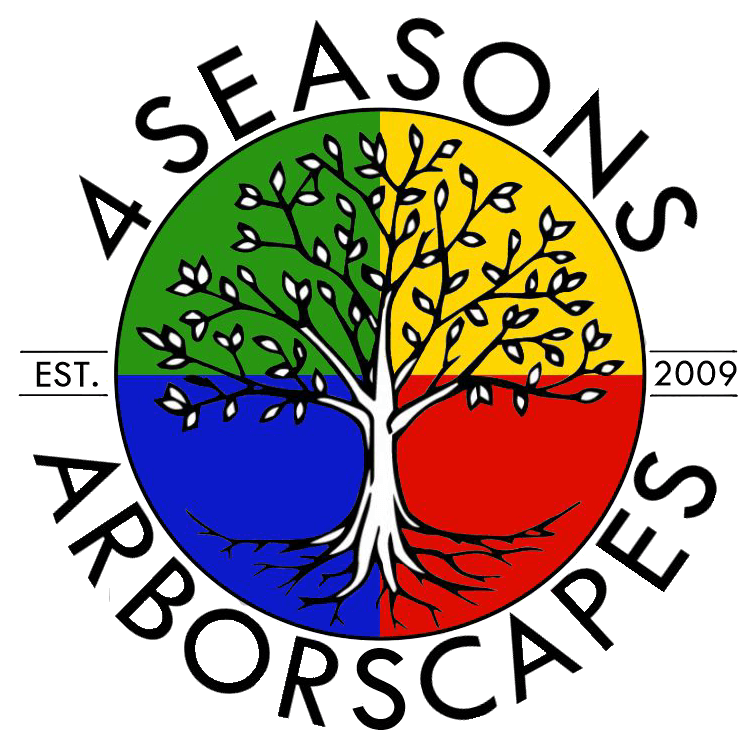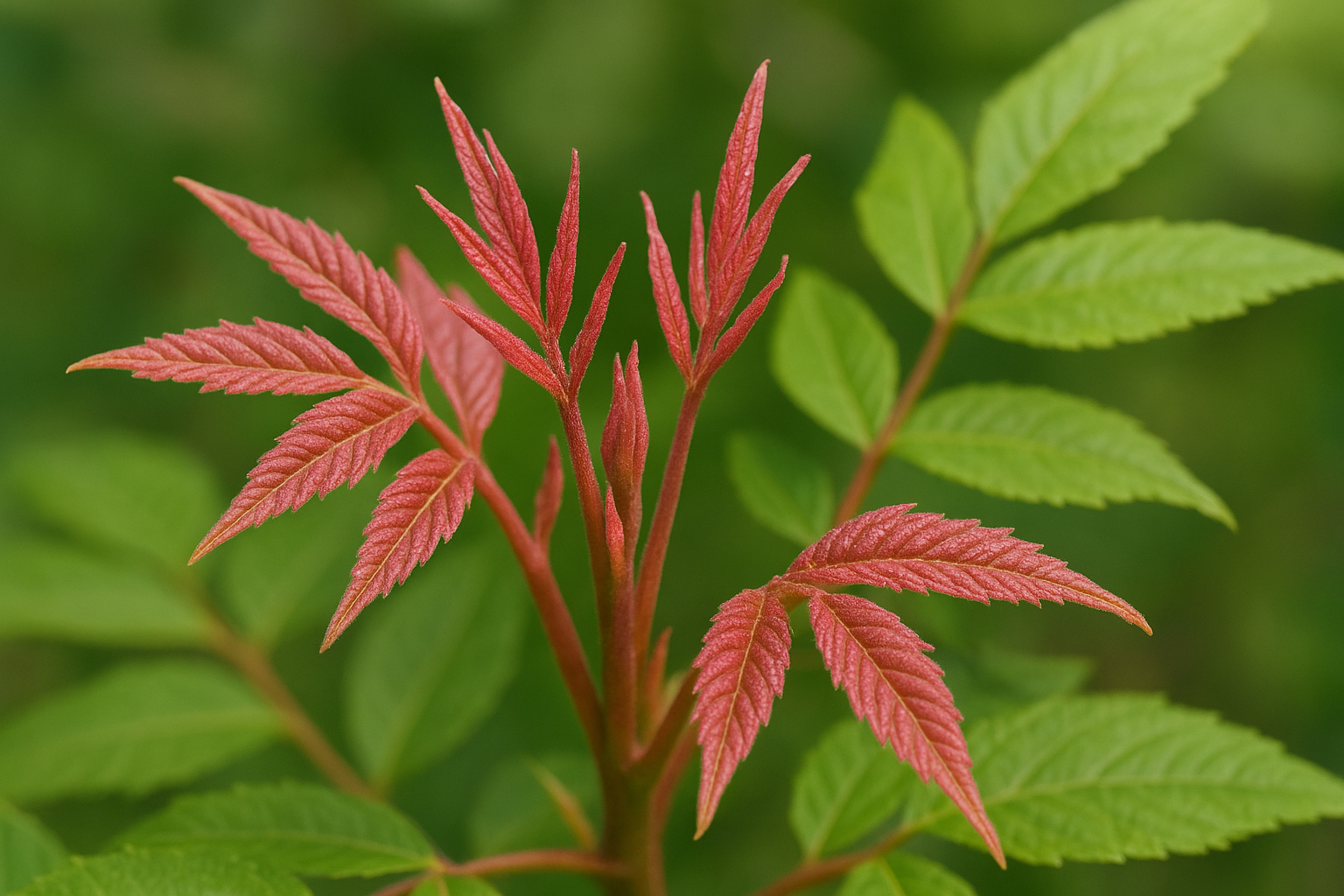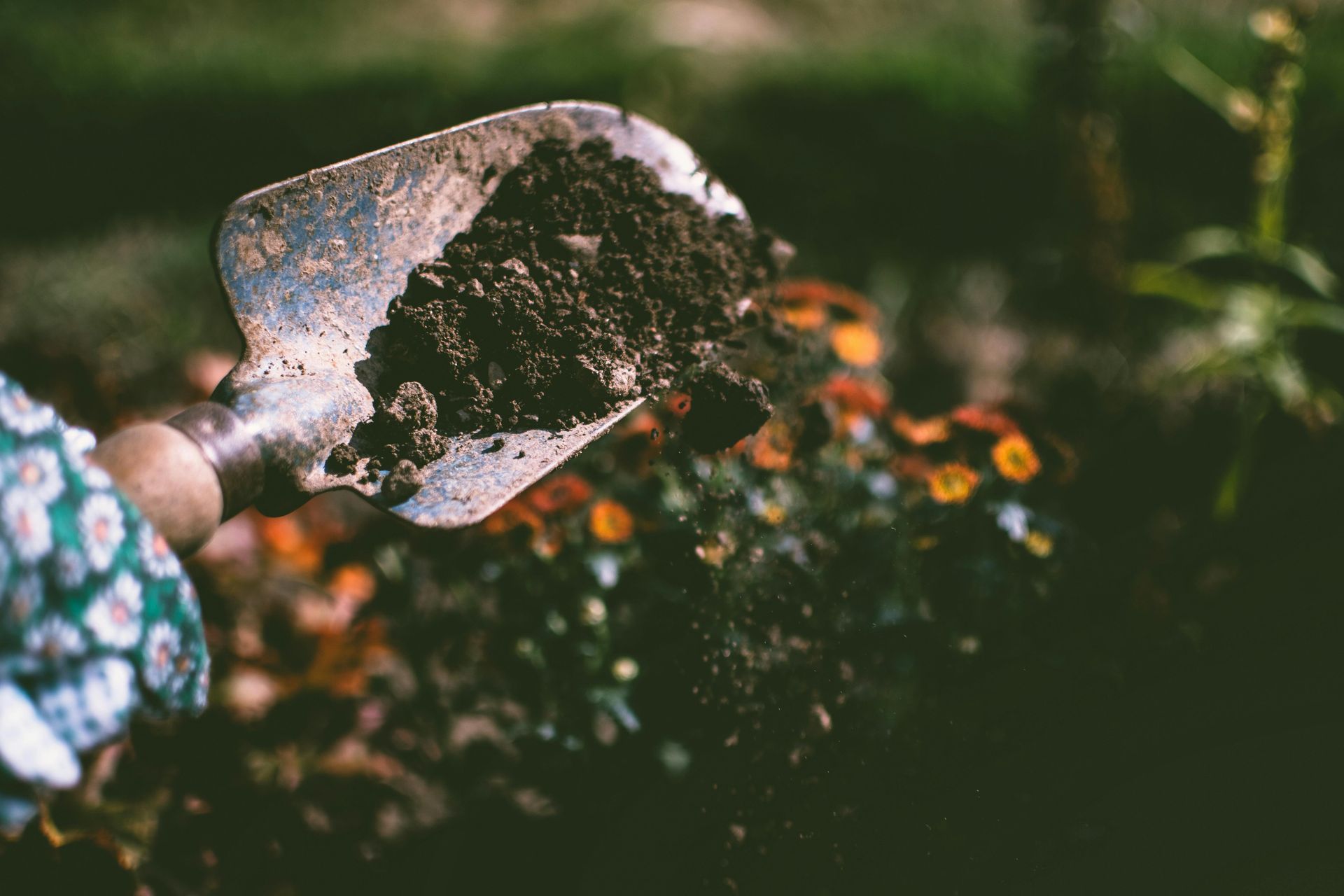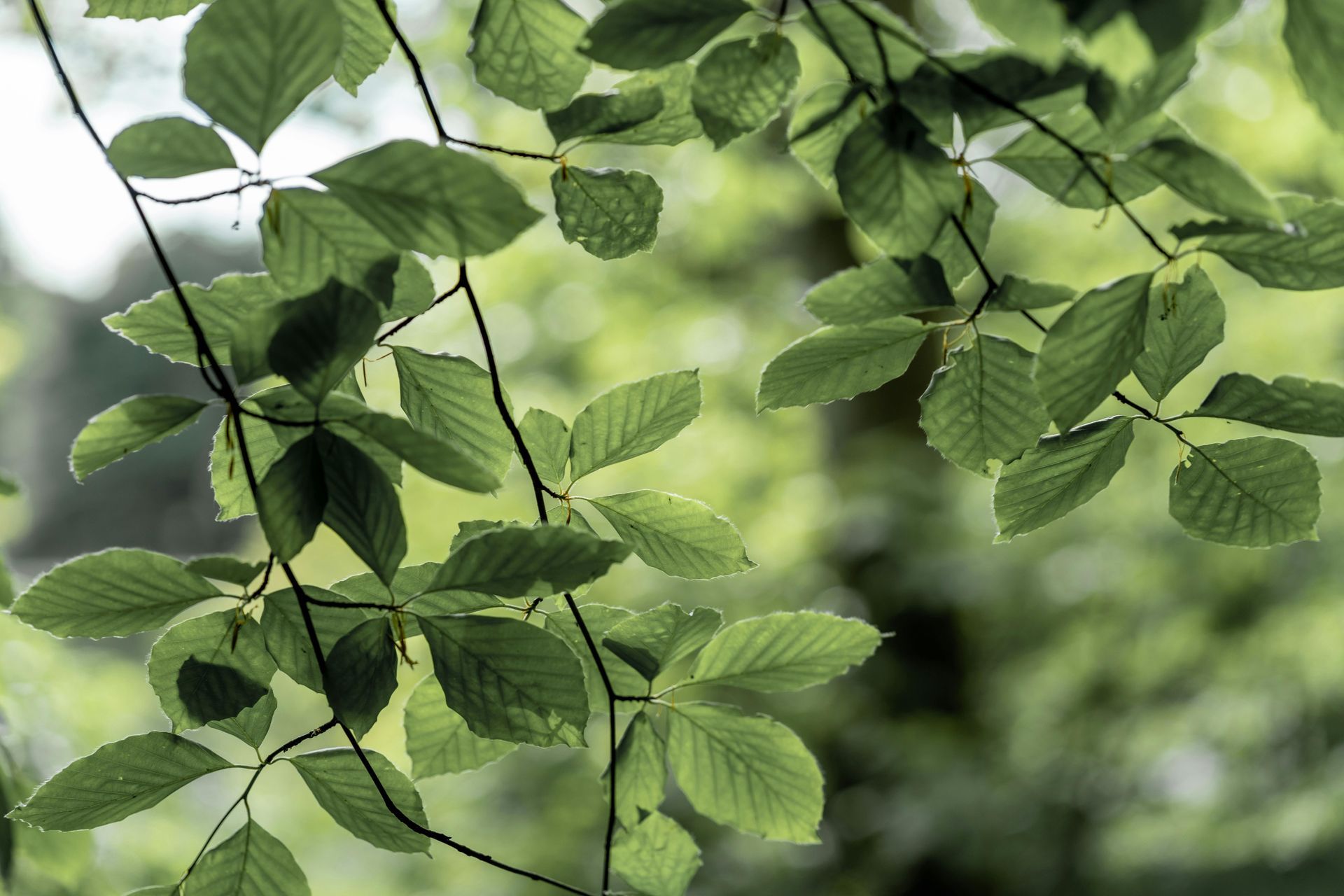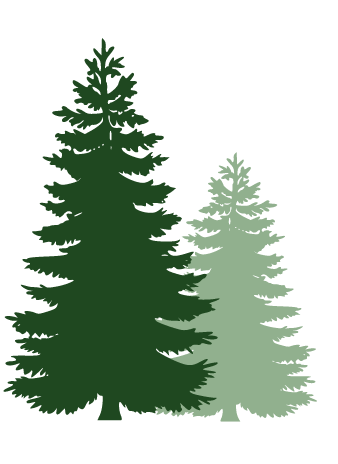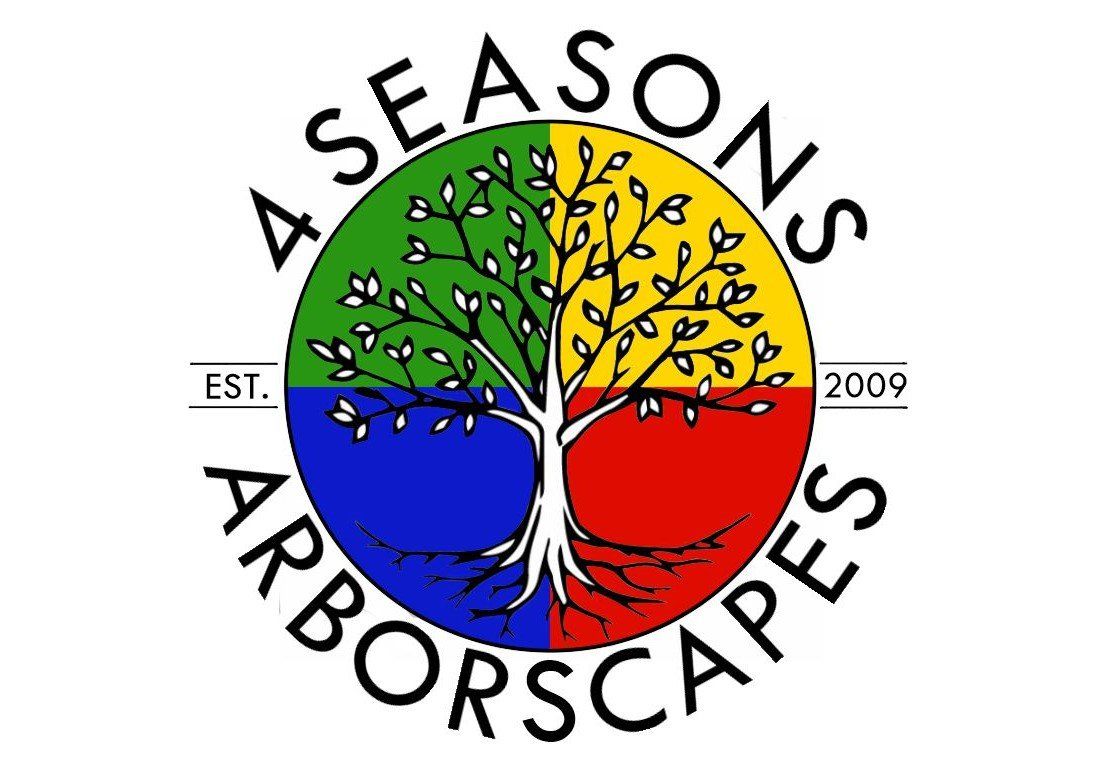The Rising Sun Redbud
The Rising Sun redbud is a prized ornamental tree known for its vibrant foliage, manageable size, and adaptability. As a cultivar of the Eastern redbud and native to North America, it is a popular choice among gardeners who value both its beauty and ecological benefits.
Size and Growing Conditions
The Rising Sun redbud typically grows to 8–12 feet in height and width, making it well-suited for small gardens, urban yards, or as a focal point in larger landscapes. It thrives in USDA zones 5–9 and performs well in a variety of soils as long as they are well-drained. Once established, this tree tolerates periods of drought, making it practical for regions with variable rainfall. Minimal pruning is required, apart from the occasional removal of dead or crossing branches to keep the tree healthy and attractive.
Seasonal Beauty
One of the most notable features of the Rising Sun redbud is its foliage, which changes colors throughout the year. New leaves emerge in bright shades of orange or apricot, gradually transition to vivid yellow, and finally mature into rich green.
In early spring, before the leaves appear, the tree produces clusters of lavender-pink, pea-shaped flowers that cover the branches. These blooms offer a striking contrast against the bare wood and signal the start of the growing season.
Ecological Benefits
This tree supports local wildlife in several ways. Its flowers provide an important source of nectar for bees, butterflies, and other pollinators at a time when food is scarce. Birds use the dense canopy for nesting and roosting, while the small, bean-like seed pods that develop later in the season serve as food for some bird species and small mammals.
In addition to benefiting wildlife, the Rising Sun redbud contributes to environmental health. It improves air quality by absorbing carbon dioxide and releasing oxygen. Its roots help stabilize soil, making it a useful choice for erosion-prone areas or sloped landscapes.
Low Maintenance and Disease Resistance
The Rising Sun redbud is a low-maintenance tree that requires little intervention once planted. It develops an attractive, rounded shape naturally and resists many common pests and diseases. Pruning is typically limited to the removal of deadwood and damaged or crossing branches.
Why Choose the Rising Sun Redbud?
The Rising Sun redbud offers a unique combination of beauty, practicality, and ecological value. Its compact size makes it versatile for many types of landscapes, and its colorful foliage and flowers add interest throughout the year. For gardeners seeking a visually appealing and environmentally beneficial tree with minimal upkeep, the Rising Sun redbud is an excellent choice.
Care Tips for the Rising Sun Redbud
Planting
- Choose a spot with well-draining soil and access to 6–8 hours of sunlight daily. While the Rising Sun Redbud can tolerate partial shade, full sun brings out its most vibrant foliage colors, ranging from bright orange to golden yellow.
- This tree thrives in loamy, slightly acidic to neutral soil (pH 6.0–7.5). If the soil is heavy clay, amend it with organic matter like compost to improve drainage and aeration.
- Dig a hole twice as wide as the root ball but no deeper. Ensure the top of the root ball is level with or slightly above the soil surface to prevent waterlogging around the trunk.
.
Watering
- During the first year, water deeply once or twice a week to keep the soil consistently moist but not waterlogged. A layer of mulch (2–3 inches thick) around the base can help retain moisture and regulate soil temperature.
- After the first year, reduce watering frequency. Water only during prolonged dry spells, as mature trees are more drought-tolerant.
Pruning
- Prune in late winter or early spring while the tree is dormant, before new growth emerges.
- Use clean, sharp tools to remove dead, damaged, or crossing branches. If shaping is desired, make cuts just above a bud pointing in the direction of growth you want to encourage.
- Avoid heavy pruning, as it can affect the tree's natural form and flowering.
Fertilizing
- Apply a balanced, slow-release fertilizer (e.g., 10-10-10) in early spring if growth appears stunted or the tree shows signs of nutrient deficiency (e.g., yellowing leaves).
- Spread the fertilizer evenly around the drip line of the tree, avoiding contact with the trunk. Water thoroughly after applying to help nutrients soak into the soil.
- Over-fertilizing can lead to excessive foliage growth at the expense of flowers.
Additional Tips for Success
- The Rising Sun redbud is generally resistant to pests and diseases but can occasionally face challenges like canker or leaf spots. Ensure good air circulation around the tree and avoid overhead watering to minimize fungal issues.
- This tree not only offers stunning foliage but also produces pink-lavender flowers in early spring before the leaves emerge. These flowers are a magnet for pollinators like bees and butterflies.
- In colder zones, protect young trees from harsh winter winds by wrapping the trunk or applying a burlap barrier.
References:
Rising Sun Redbud Care and Growing Guide (Most Detailed)
Rising Sun Redbud (Cercis canadensis)
Images - Canva

Check out the latest:
